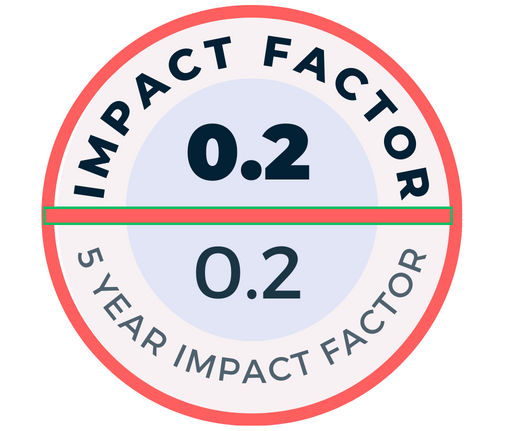Abstract: Metals with a density of more than 5 g/cm3 are heavy metals, with more than 60 in nature. In acute and chronic exposure, they can damage many organs, such as the central nervous system, kidneys, skin, lungs, and heart. The most harmful ones to the kidney are lead, mercury, cadmium, and arsenic. They cause damage by creating some disorders in intracellular metabolic processes. The main types of kidney injury are acute tubular damage, proteinuria, and chronic kidney disease. This review discusses the basic properties of lead, mercury, cadmium, and arsenic, their nephrotoxicity mechanisms, and studies about them.
Cite this article as: Onan E, Ulu S, Güngör Ö. Heavy metals and kidney. Turk J Nephrol. Published online April 18, 2024. doi:10.5152/ turkjnephrol.2024.22497.

.png)




.png)